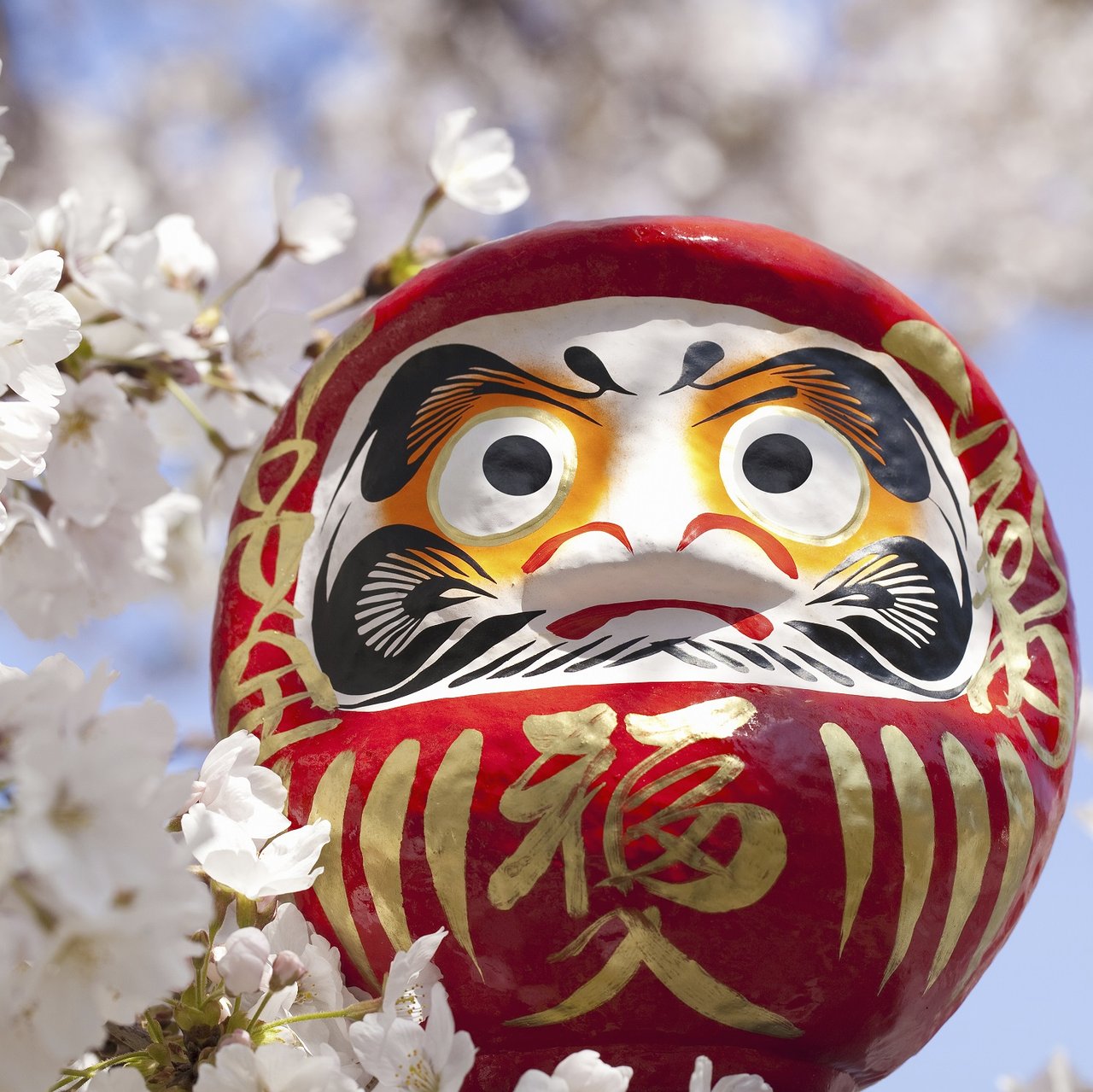
The Tsugaru Shamisen is a 3-string instrument played in music from the North region of Japan. It requires an energetic force with fire from the belly to create this unique sound. A true reflection of the grit needed to live in this part of the world.

Starting in the Edo Period (1603-1868) and continuing on to today, the Yoichi area is famous for the herring fish runs, that attracts a significant number of migrant workers to help with the Spring catch. The work is physical, wet, cold and dangerous.

Arguably the most famous traditional song that distinctly incorporates the tsugaru shamisen is a fisherman's working song Sōran Bushi (ソーラン節). During regular intervals of the dance, the words “DOKKOISHO! DOKKOISHO!” and “SORAN! SORAN!” are called. Those words were used in the past to encourage the fisherman during their work.
Rough English Translation:
Oh!!! Soran, soran, soran
soran, soran, soran. (Northern dialect for yes, yes!)
When we hear the jabbering of seagulls on the high seas,
we know we can’t give up our fishing lives on the ocean.
CHORUS
Put your backs into it! Heave, ho! Heave, ho! (Heave, ho! Heave, ho!)
Oh!!! Soran...
Boss, I tell you, the size of this catch of herring
is different from all the others. And it's all MINE.
Oh!!! Soran...
Even if I row four and a half metres,
I couldn't get that girl's attention.
Oh!!! Soran...
A flighty seagull twitters in excitement
As it sees my bare skin, glistening with ocean surf.

Do seek out some of the many versions online. You will truly feel the culture of the North. Copy and paste for your search: ソーラン節





























































